Cataracts are a common eye condition characterised by the progressive clouding of the eye’s natural lens. This clouding results in blurred vision and other visual symptoms that can significantly impact quality of life. Fortunately, cataract surgery ranks among the most common and safest eye surgery procedures worldwide. It involves replacing the cloudy lens with an artificial implant, thus restoring clear vision. Learn everything you need to know about this procedure, its benefits, and its cost.
What is a Cataract?
A cataract develops when the natural proteins in the lens begin to degrade and clump together, creating opaque areas that obscure vision.
Situated just behind the iris, the lens is a natural, transparent, biconvex lens, approximately 4 mm thick and 9 mm in diameter. Its primary function is to focus light on the retina, enabling the formation of sharp images. The lens possesses a unique characteristic: its ability to change shape, a process called accommodation. This flexibility allows it to adjust its focusing power, allowing us to see both near and distant objects clearly.
However, with age or due to certain medical conditions, it can lose its transparency, leading to cataract formation. This process is generally slow and progressive, potentially spanning several years.

The main symptoms of cataracts include:
- Blurred or hazy vision, as if looking through a veil
- Increased sensitivity to light, sometimes with bothersome glare
- Altered perception of colours, which may appear dull or yellowish
- Increased difficulty seeing at night, particularly while driving
While age is the primary risk factor for developing cataracts, other factors can also play a role:
- Diabetes
- Smoking
- Prolonged exposure to ultraviolet rays from the sun
- Certain medications, particularly long-term corticosteroids
Good to know: Cataracts generally develop slowly and progressively. Many people must realise that their vision is deteriorating, unconsciously adapting to gradual changes.

When to Consider Cataract Surgery?
The decision to undergo cataract surgery is not taken lightly and largely depends on the condition’s impact on the patient’s quality of life. There is generally no medical urgency to operate as long as vision remains acceptable for daily activities.
Surgery becomes necessary when the cataract significantly interferes with daily activities, such as:
- Driving, especially at night
- Reading or watching television
- Performing precise tasks at work or home
The ideal time for the intervention is determined jointly by the patient and their ophthalmologist. The latter will evaluate not only the state of the cataract but also the patient’s specific visual needs and overall health condition.
Note: Delaying the operation generally has no negative consequences on the final result. However, a very advanced cataract can make the intervention slightly more complex.

How to Prepare for Cataract Surgery?
Preparation for cataract surgery is a crucial step to ensure the success of the intervention and optimal recovery.
First, your ophthalmologist will perform a comprehensive eye examination. This thorough examination will assess not only the state of your cataract but also the overall health of your eyes. It will generally include a visual acuity test to precisely measure your current vision, a measurement of intraocular pressure to screen for potential problems such as glaucoma, and an examination of the eye fundus to check the condition of your retina.

One of the most important examinations in this preparatory phase is ocular biometry. This painless and non-invasive examination uses cutting-edge technologies to measure your eye’s different dimensions precisely. These measurements are essential for choosing the intraocular implant to replace your cloudy lens. The implant’s power is calculated based on these measurements to offer you the best possible vision after the operation.
In the weeks before the intervention, your surgeon may prescribe an antibiotic eye drop to be instilled daily. This preventive treatment aims to reduce the risk of post-operative infection. It is crucial to follow these instructions scrupulously to optimise the conditions for the intervention.
On the day of the surgery, you will need to follow a few simple instructions:
- Fast if required by the anaesthesia (to be confirmed with the medical team)
- Do not wear makeup or jewellery
- Wear comfortable clothing
The Cataract Surgery Procedure
Cataract surgery is generally performeoutpatientis, which means the patient goes home the same day. Upon arrival at the clinic or hospital, the care team prepares the patient for the intervention.
Anaesthesia is most often local, performed by instilling anaesthetic eye drops. Light sedation may sometimes be offered to help the patient relax.
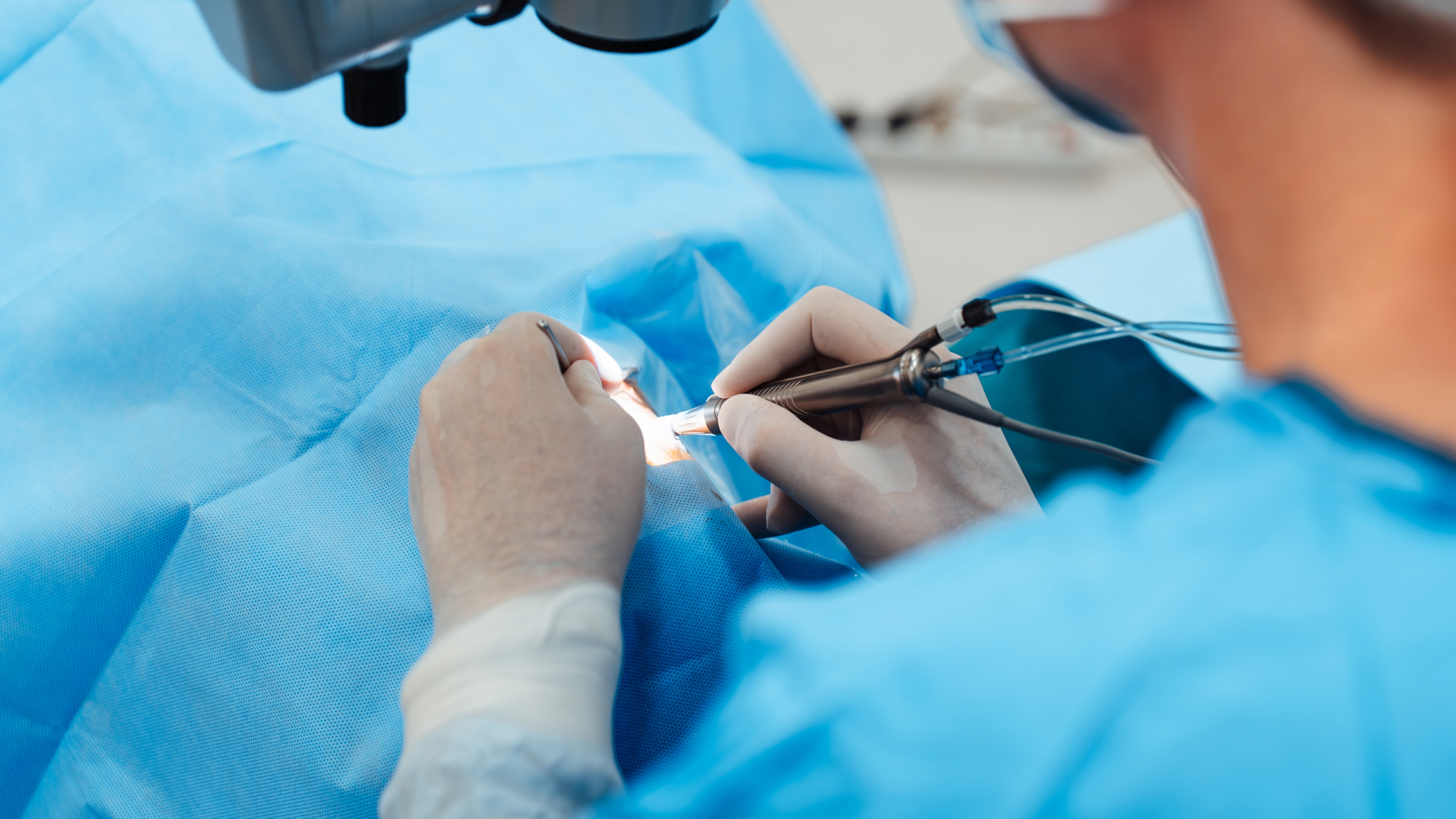
The intervention itself takes place in several steps:
- The surgeon makes a small incision of 2 to 3 mm at the edge of the cornea.
- Through this incision, he introduces an ultrasound probe that will fragment the cloudy lens through this incision. This is the phacoemulsification technique.
- The fragments are then aspirated.
- The intraocular implant, previously chosen, is then inserted and positioned in place of the natural lens.
The operation lasts on average 15 to 20 minutes. The patient is conscious during the intervention but feels no pain. However, they may perceive movements and lights, but do not see the details of the operation.
Once the intervention is completed, a dressing is placed on the operated eye. After a short period of monitoring, the patient can return home, accompanied by a relative.
What are the Post-operative Effects of Cataract Surgery?
Immediately after the operation, it is normal to feel slight discomfort and have blurry vision. These sensations generally fade quickly in the days that follow.
To promote good recovery, it is important to follow certain precautions:
- Wear a protective shell on the operated eye during the night, usually for a week
- Avoid rubbing the eye or applying pressure to it
- Do not drive for the first few days, until authorised by the surgeon
- Avoid intense physical efforts and contact sports for a few weeks
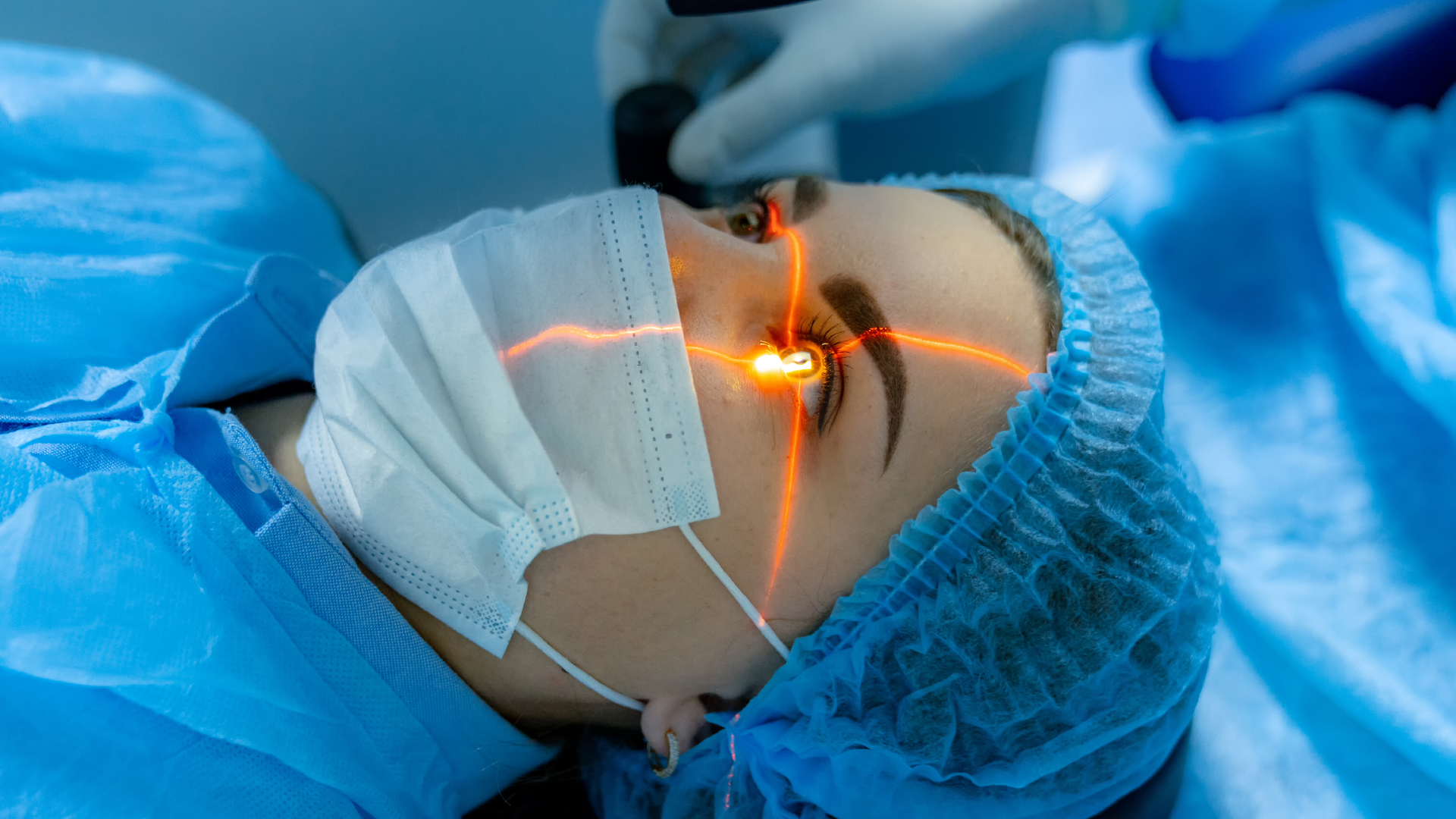
Eye drop treatment is prescribed, usually composed of antibiotics to prevent infections and anti-inflammatories to reduce post-operative inflammation. It is crucial to follow this treatment scrupulously.
The schedule of follow-up visits is generally as follows:
- First check-up the day after or two days after the operation
- Second check-up one week after
- Third check-up one month after the intervention
Visual recovery is often rapid, with a noticeable improvement from the first days. However, vision may continue to improve for several weeks.
If surgery on both eyes is necessary, a delay of 2 to 3 weeks is generally observed between the two interventions. This delay allows the operated eye to recover well and to adjust if necessary the power of the implant for the second eye.
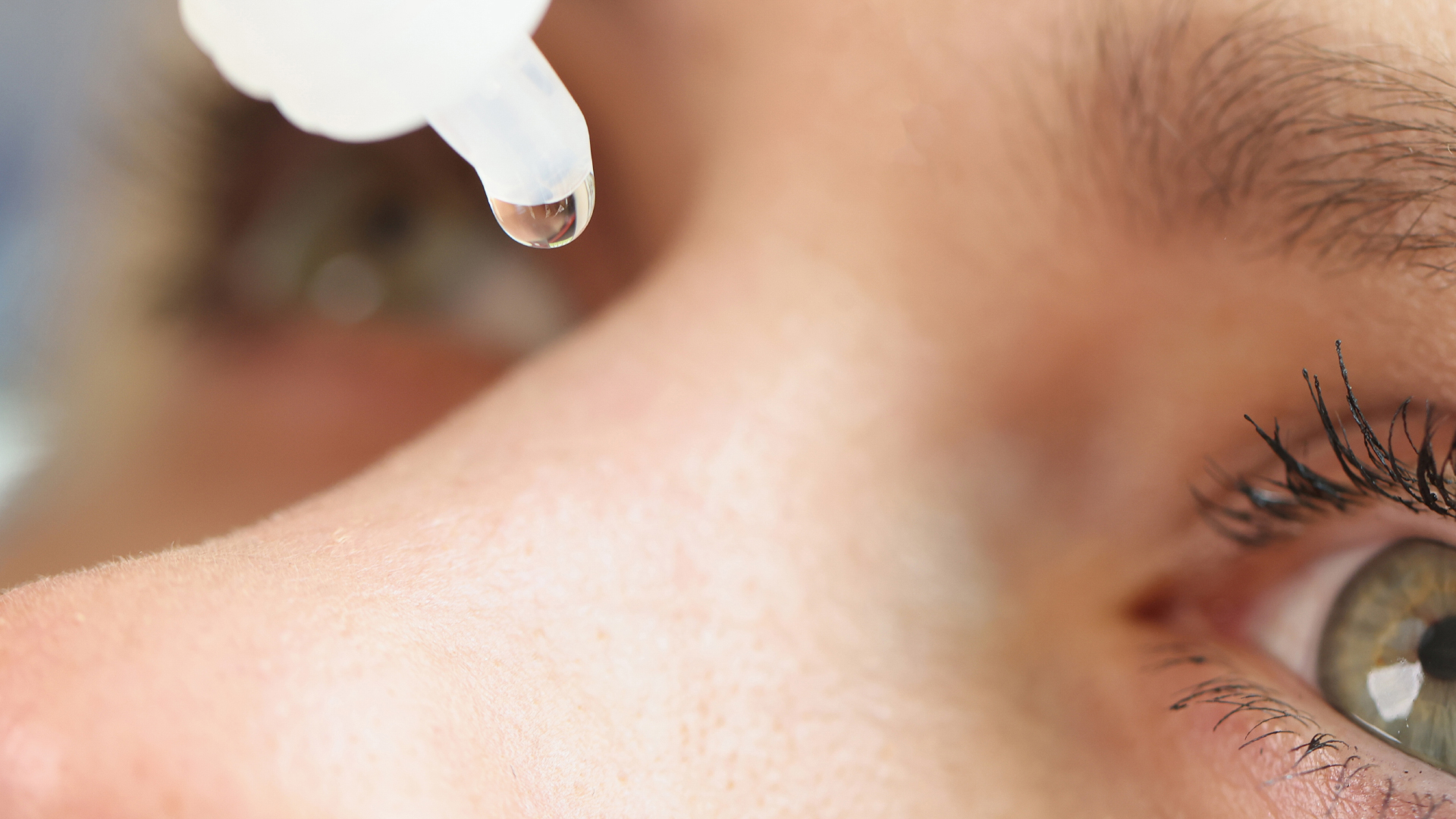
What are the Types of Intraocular Implants?
The choice of intraocular implant is a crucial decision in the cataract surgery process. There are several types of implants, each with its own characteristics and advantages. Understanding these different options will help you make an informed choice in consultation with your ophthalmologist.
Monofocal Implants
Monofocal implants are the most commonly used and the oldest on the market. As their name suggests, they offer clear vision at a single focal distance, usually far. These implants are particularly appreciated for their simplicity and reliability.
The main advantage of monofocal implants lies in the quality of vision they provide for the chosen distance. Patients often report clear and sharp vision, with little or no visual side effects such as halos or glare. Moreover, these implants are fully covered by the NHS in the UK, making them accessible to all patients.
However, the major drawback of monofocal implants is that they only correct vision at one distance. This means that most patients will still need to wear glasses for other distances, especially for reading or computer work.
Some patients choose a technique called “monovision,” where one eye is corrected for distance vision and the other for near vision, but this approach doesn’t suit everyone and requires an adaptation period.
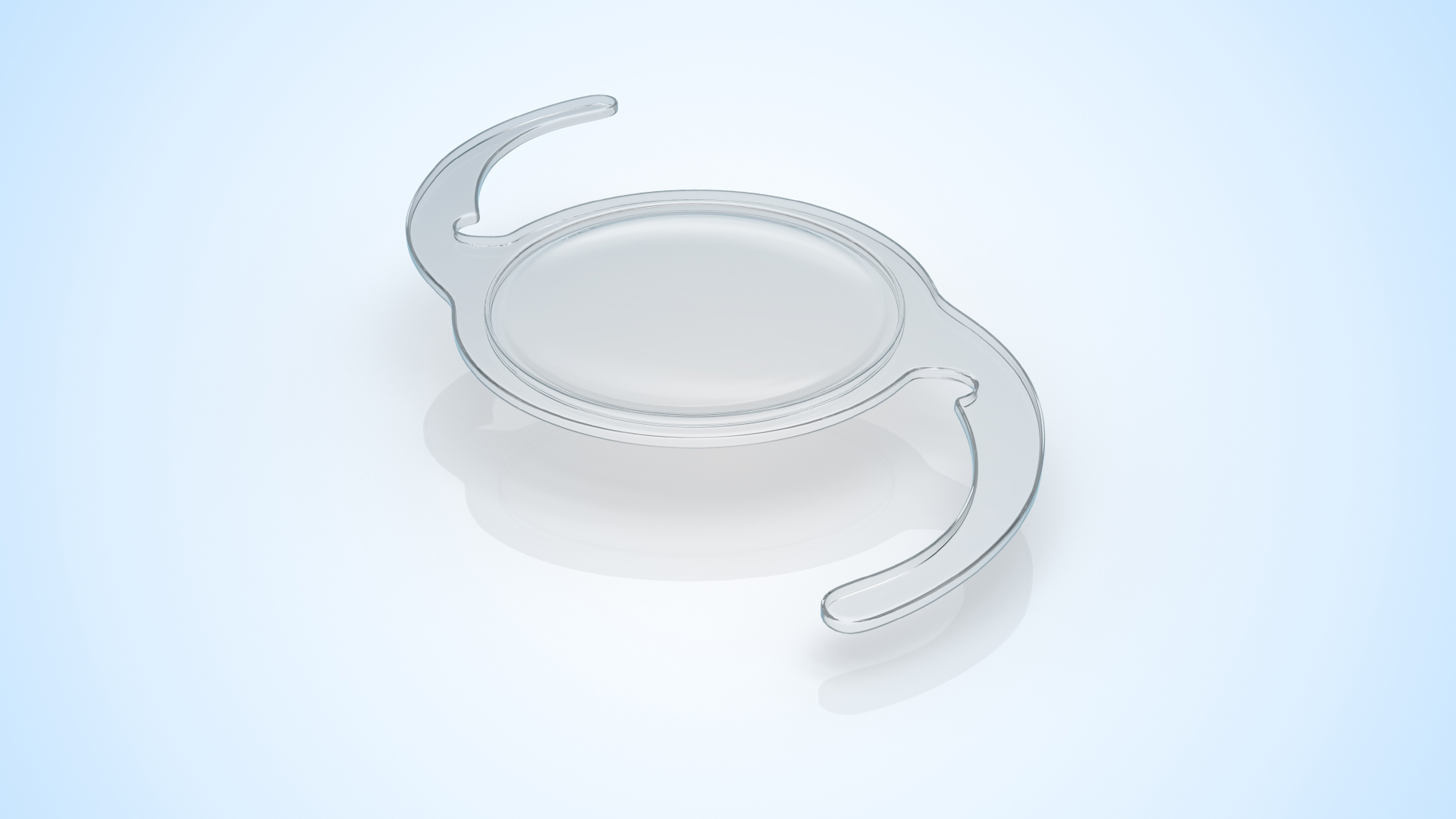
Multifocal Implants
Multifocal implants represent a significant technological advance in the field of cataract surgery. These implants are designed to offer clear vision at multiple distances, usually far, near, and intermediate.
The main advantage of multifocal implants is that they can significantly reduce, or even eliminate, dependence on glasses after the operation. For many patients, this represents a significant gain in terms of quality of life and daily comfort. These implants are particularly suitable for people with an active and varied lifestyle, requiring good vision at all distances.
However, multifocal implants are not without drawbacks. Some patients may experience visual side effects such as halos around lights at night or increased sensitivity to contrasts.
Moreover, there is usually an adaptation period during which the brain learns to interpret the images provided by the multifocal implant. This period can last from a few weeks to a few months.
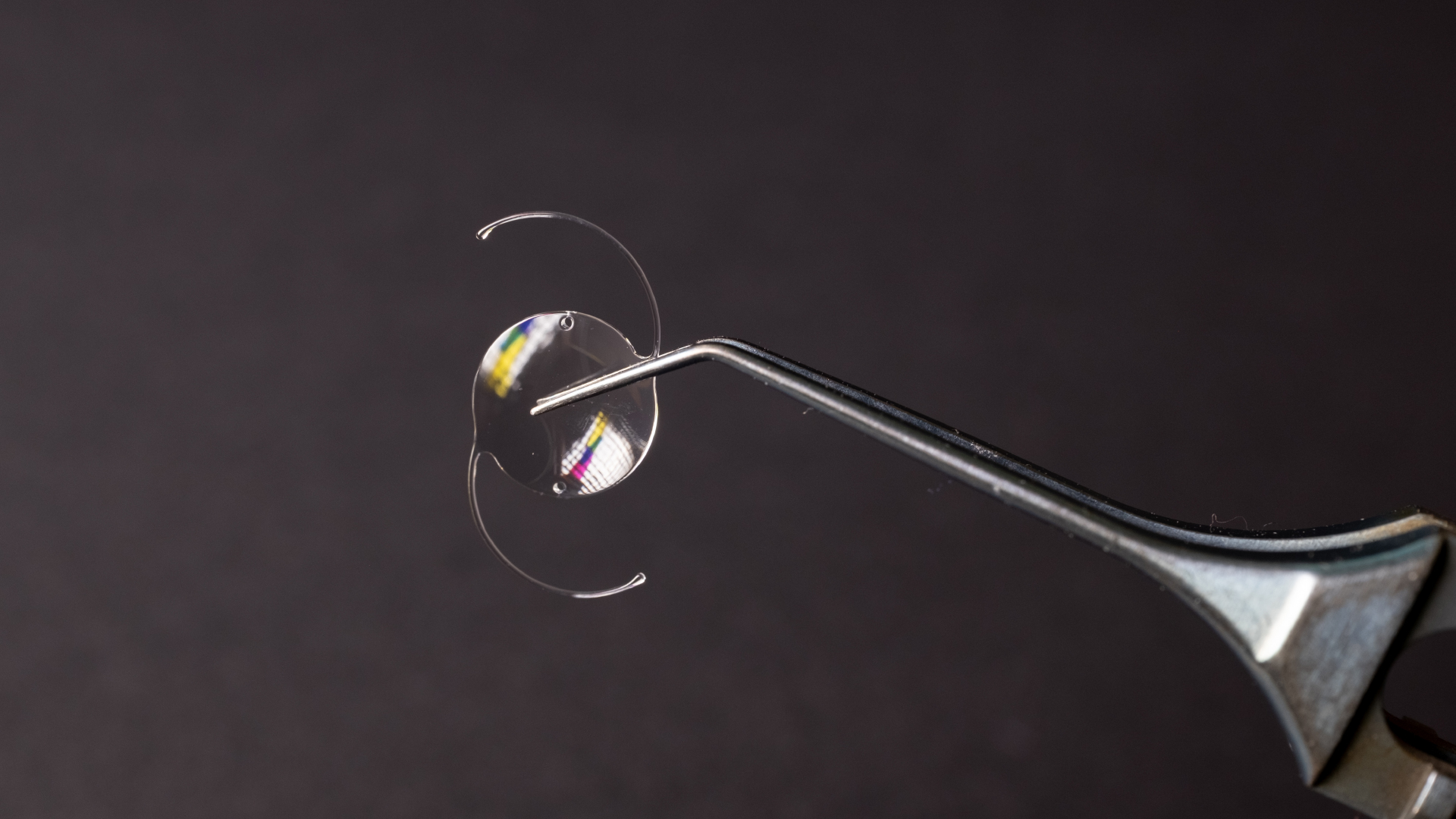
Toric Implants
Toric implants are specially designed for patients suffering from astigmatism in addition to their cataract. Astigmatism is an abnormality of the curvature of the cornea that causes distorted vision. Toric implants allow simultaneous correction of cataract and astigmatism, thus offering a complete solution in a single intervention.
The main advantage of toric implants is that they can significantly improve the quality of vision for astigmatic patients without requiring additional correction. For many patients, this results in a significant reduction in their dependence on glasses, especially for distance vision.
However, the use of toric implants requires great precision in planning and executing the intervention. The positioning of the implant must be extremely precise to ensure optimal correction of astigmatism. This requires particular expertise from the surgeon and the use of advanced technologies for calculating and positioning the implant.
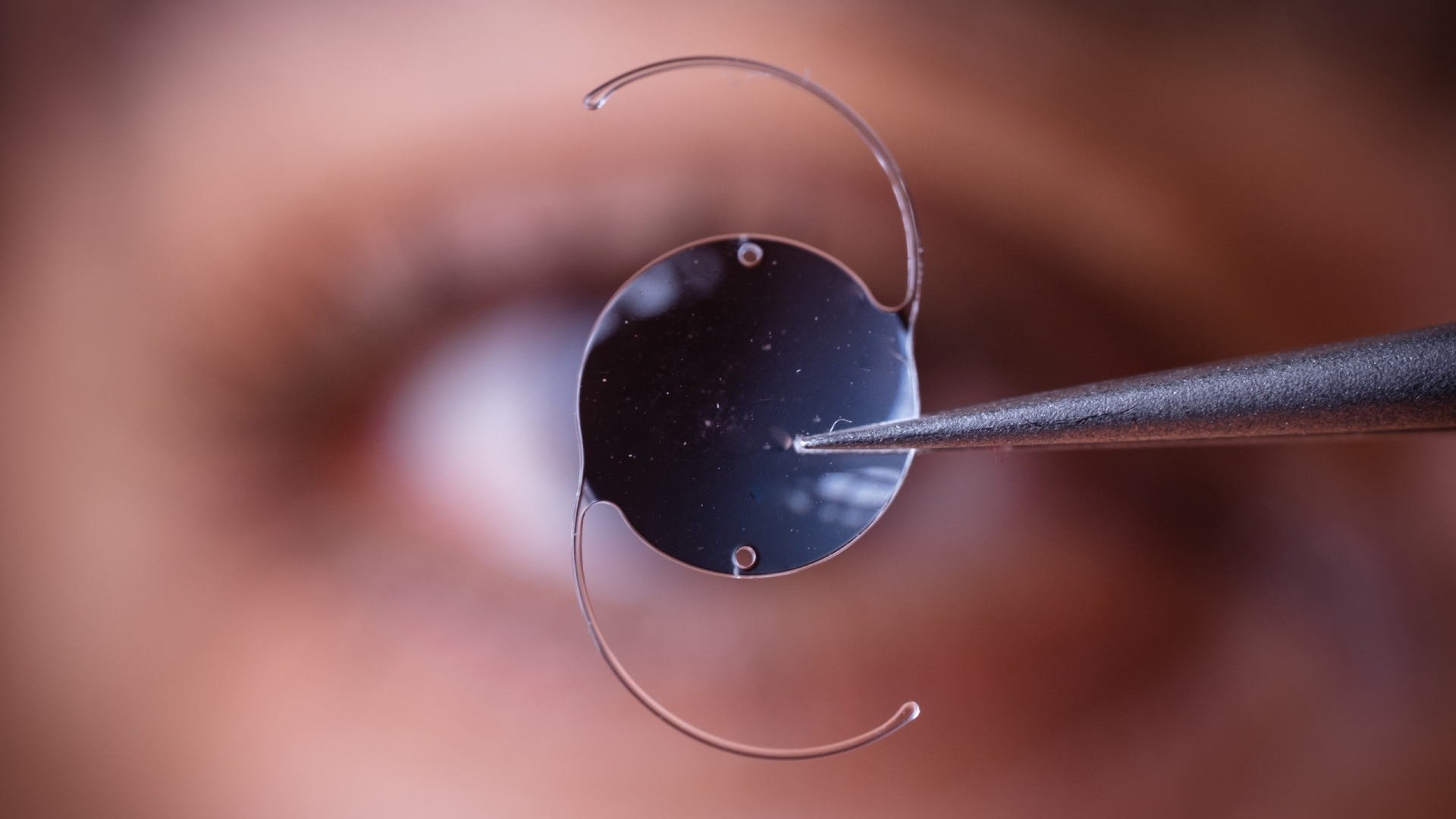
Extended Depth of Focus (EDOF) Implants
Extended depth-of-focus implants, also known as EDOF, represent a recent innovation in the field of intraocular implants. These implants are designed to offer continuous and clear vision from far to intermediate, while minimising some of the side effects associated with traditional multifocal implants.
The main advantage of EDOF implants is that they offer a smoother transition between different vision distances, which can result in a more natural visual experience for the patient. They are particularly effective in improving intermediate vision, making them highly appreciated by people who spend a lot of time in front of a computer or who need good vision for activities such as cooking or DIY.
Compared to traditional multifocal implants, EDOF implants tend to produce fewer visual side effects such as halos or glare. This can result in better night vision and faster adaptation for many patients.
However, it’s important to note that while EDOF implants offer excellent far and intermediate vision, their performance for near vision (reading small print, for example) may be less good than that of multifocal implants. Some patients may therefore still need glasses for reading up close.
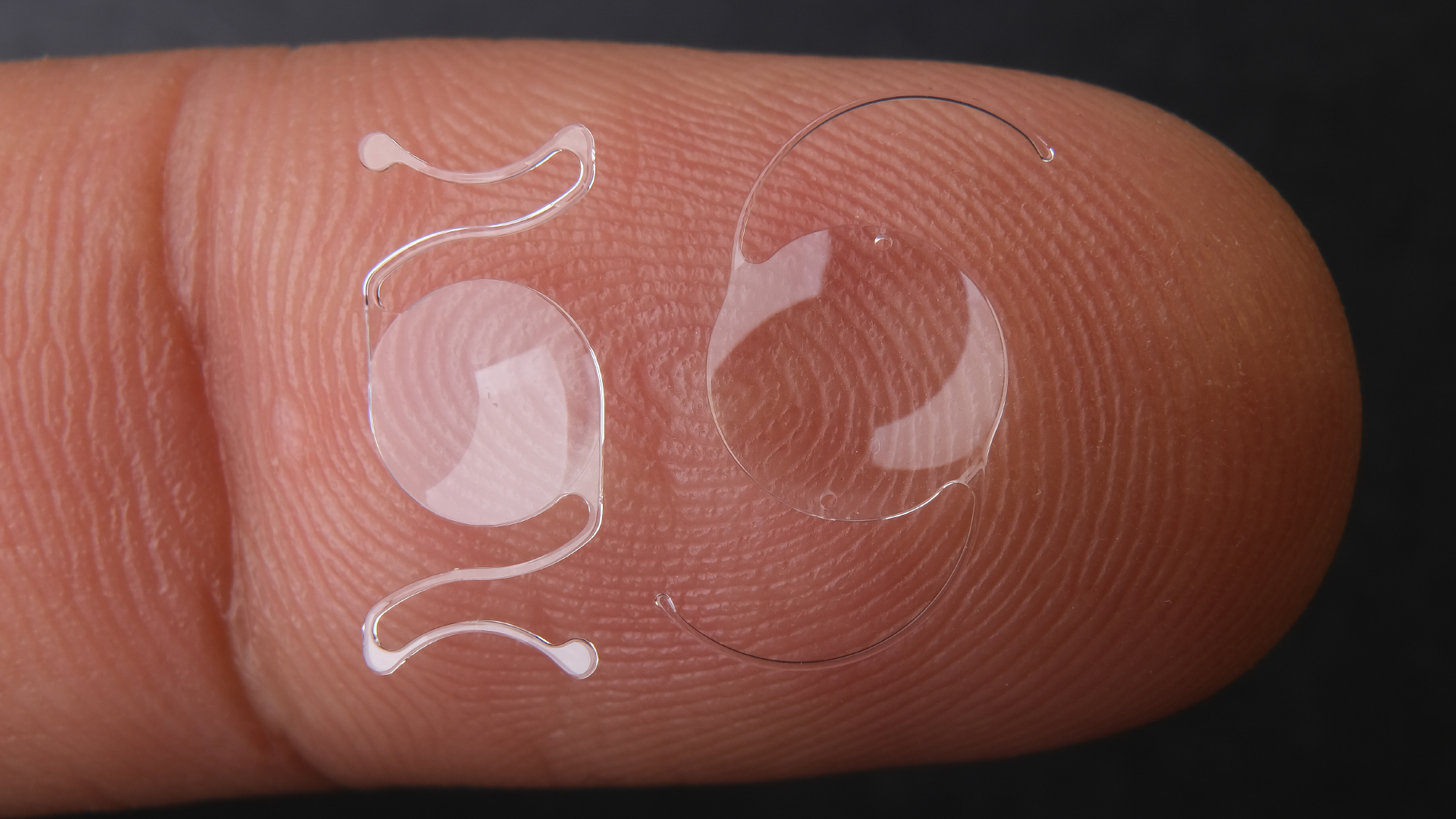
What is the Cost of Cataract Surgery in the UK?
In the UK, cataract surgery is typically covered by the National Health Service (NHS) for those who meet the clinical criteria. This means that eligible patients across England, Scotland, Wales, and Northern Ireland can receive the surgery free of charge. The NHS coverage includes the surgeon’s fees, anaesthetist’s fees, and the cost of a standard monofocal lens implant.
However, it’s important to understand that while the NHS provides free care, there can be waiting times for non-urgent procedures. The actual cost to the NHS for a cataract operation is estimated to be around £700 to £1,200 per eye, although this can vary slightly across different regions of the UK.
For those who choose to have the surgery done privately, or for those seeking premium lens options not covered by the NHS, the costs can vary considerably:
| Type of Implant | Average Cost (Private) | NHS Coverage | Additional Cost for Patient |
| Monofocal (Standard) | £2,000 – £3,500 | Fully Covered | £0 (if done through NHS) |
| Multifocal | £3,000 – £4,500 | Partially Covered | £1,000 – £2,500 |
| Toric | £3,500 – £5,000 | Partially Covered | £1,500 – £3,000 |
The differences between NHS coverage and private costs are due to several factors:
- Private hospitals often have shorter waiting times and may offer more flexibility in scheduling.
- The NHS does not typically cover premium lenses such as multifocal or toric lenses, as they’re considered an upgrade rather than a medical necessity.
- Private clinics may offer more advanced technology or techniques that aren’t routinely available on the NHS.
- Costs can vary across different regions of the UK, with London and the South East often being more expensive.
If a patient requires a premium lens (such as multifocal or toric) for medical reasons, the NHS may cover part of the cost, but the patient would typically need to pay the difference for the upgraded lens. This policy can vary slightly between different NHS trusts across the UK.
Good to know: Private health insurance can play a crucial role in covering part or all of the costs for private treatment. The level of coverage varies according to individual policies, so it’s recommended to carefully check your optical and hospital cover details. Some insurance providers offer specific policies for eye surgery that can help offset the costs of private treatment or premium lens options.
It’s also worth noting that some NHS trusts across the UK offer patients the option to pay for premium lenses while still having the surgery performed on the NHS. This can be a more cost-effective option for those who want an advanced lens but don’t want to pay for fully private treatment. However, the availability of this option can vary depending on the specific NHS trust and region within the UK.
Patients should also be aware that while the NHS provides universal coverage across the UK, there can be some variations in waiting times and specific policies between England, Scotland, Wales, and Northern Ireland. It’s always best to consult with your local GP or eye care specialist for the most accurate information pertaining to your specific area within the UK.
What are the Results of Cataract Surgery?
The results of cataract surgery are generally very positive and can truly transform patients’ quality of life. This intervention, one of the most common and safest in ophthalmology, offers significant benefits for most people who undergo it.
The improvement in visual acuity is often spectacular.
Many patients report clearer and sharper vision from the day after the operation, although complete recovery may take a few weeks. This improvement translates into better distance vision, but also a more precise perception of details and contrasts.
One of the most striking changes for many patients is the renewed perception of colours. Over time, cataracts tend to yellow the lens, which alters colour perception. After the operation, patients often describe colours as more vivid, brighter, and more nuanced. This return to a more faithful vision of colours can be a source of joy and rediscovery of their environment.

The reduction of glare is another major benefit of the operation. Many patients suffering from cataracts experience difficulties driving at night or in sunny weather due to excessive glare. After the intervention, this sensitivity to light is generally considerably reduced, which improves visual comfort in various daily situations.
The impact on patients’ quality of life and autonomy is often considerable. Activities that had become difficult or impossible due to decreased vision – such as reading, driving, or pursuing hobbies – become accessible again. This can help reduce social isolation and improve the overall well-being of patients, particularly among the elderly.
The stability of the results is another positive aspect of this intervention. Unlike the natural cataract which evolves progressively, the intraocular implant does not become opaque over time. This means that the improvement in vision obtained after the operation is generally durable.
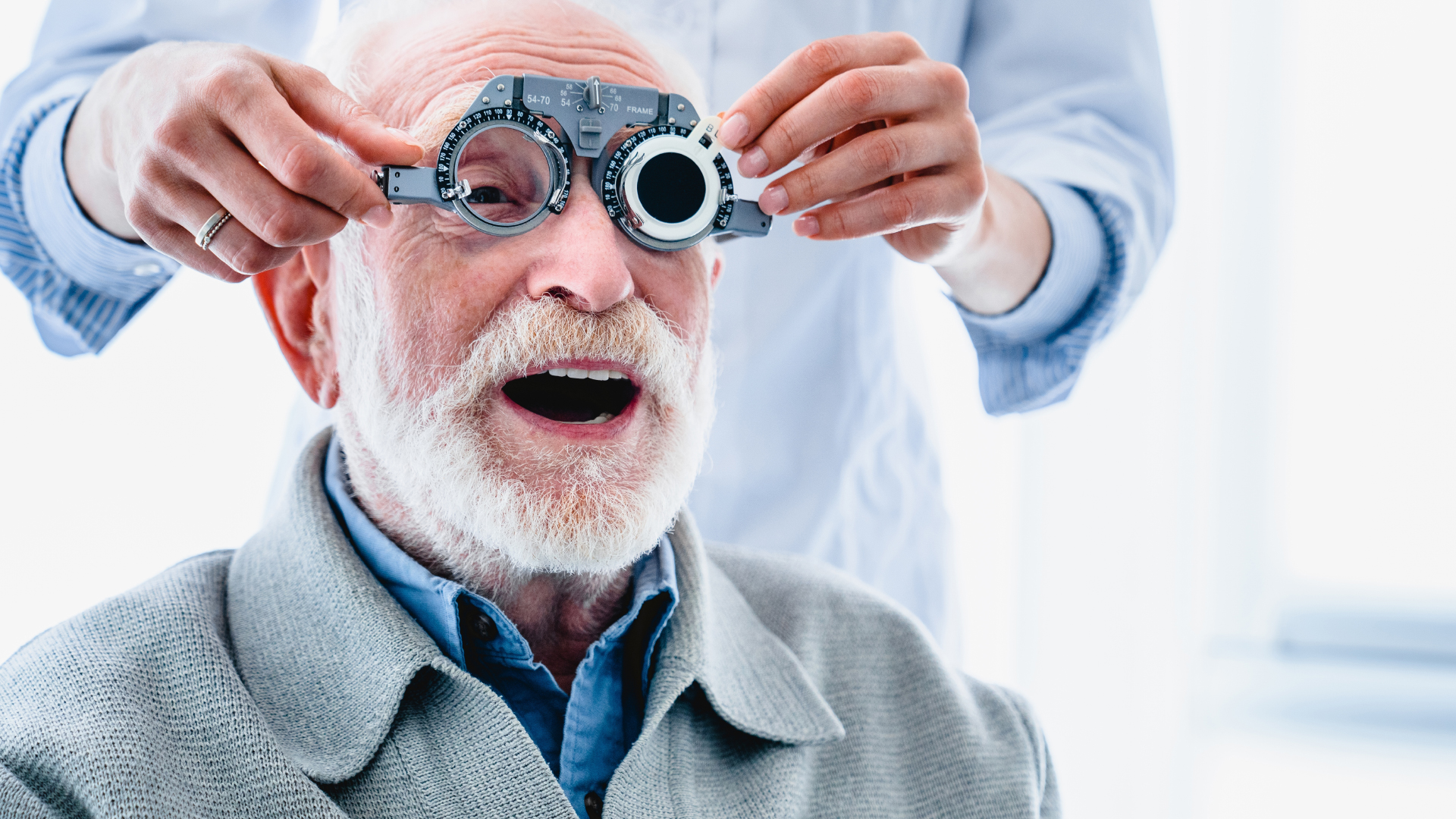
Good to know: In some cases, an opacification can develop on the capsule that holds the implant in place. This complication, called secondary cataract, can occur months or years after the initial intervention. Fortunately, it is easily and quickly treated by a simple laser procedure during a consultation.
What are the Risks and Possible Complications?
Although cataract surgery is considered very safe, like any surgical intervention, it carries certain risks. It’s important to emphasise that serious complications are rare.
The main risks include:
- Infection (endophthalmitis): This is a very rare complication (less than 1 case in 1000) but potentially serious. It requires rapid and intensive management.
- Retinal detachment: More common in myopic patients, it can occur in the weeks or months following the operation.
- Macular oedema: This is swelling of the central area of the retina, which can affect central vision.
- Secondary capsular opacification: This is not really a complication, but rather a natural evolution that can occur months or years after the operation. It is easily treated with laser.
Most of these complications, if managed quickly, can be effectively treated. It is crucial to consult urgently in case of unusual signs such as a sudden decrease in vision, intense pain, or significant redness of the eye.
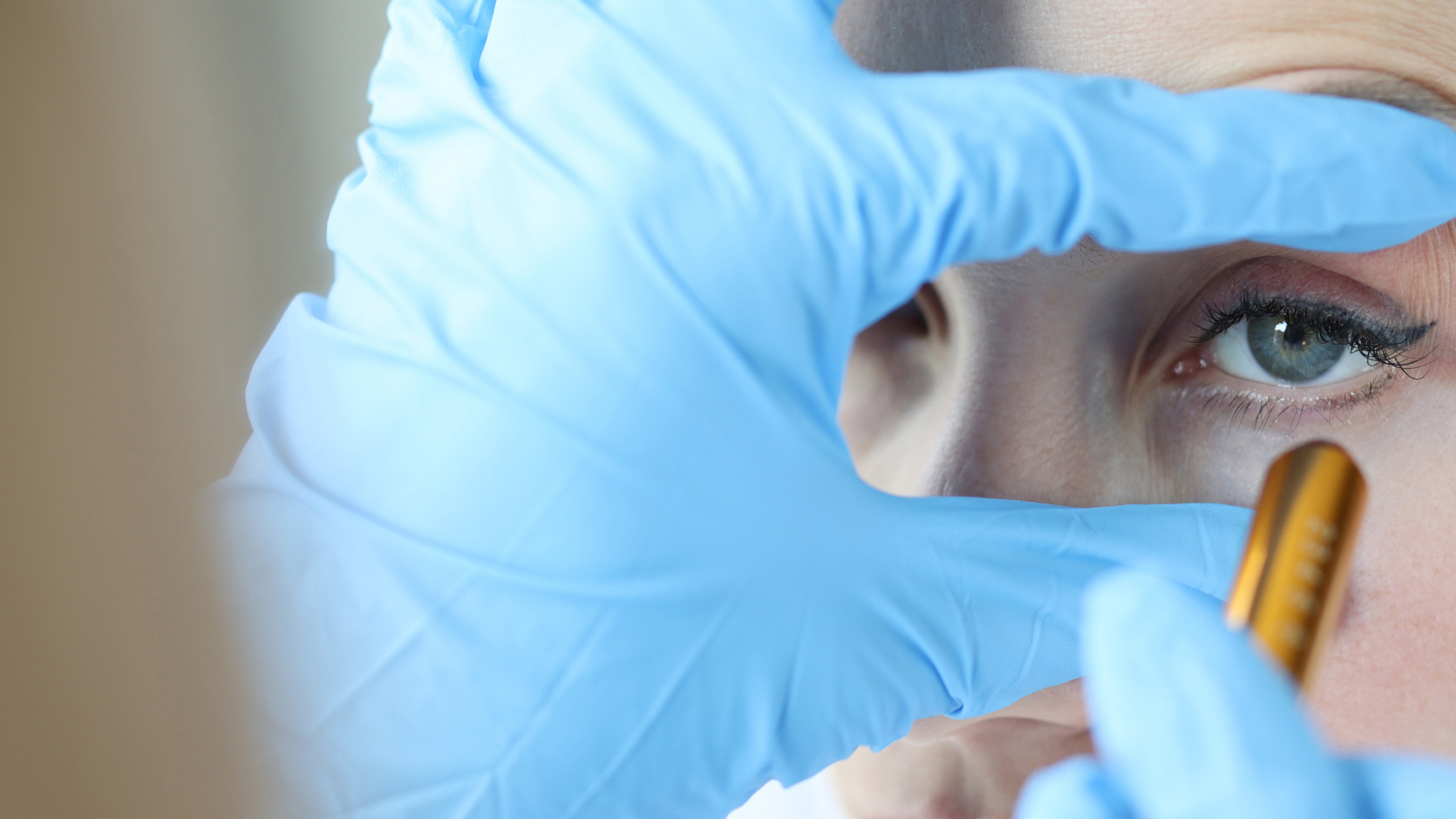
What are the Advantages of Cataract Surgery in Turkey?
Medical tourism for cataract surgery is gaining popularity, and Turkey has established itself as a destination of choice in this field. One of the main attractions is the economic aspect. Patients can make substantial savings, often up to 50% compared to prices in the UK.
Quality of Care Meeting International Standards
Contrary to some preconceived ideas, the quality of care in Turkey is often comparable to that of the best European clinics.
Many Turkish clinics are equipped with state-of-the-art equipment, using the same advanced technologies found in Western establishments. Ophthalmologist surgeons in Turkey are highly qualified, with international training and extensive experience in the most recent techniques.
Moreover, several establishments are internationally accredited, guaranteeing high sanitary standards and quality care.
Access to High-end Implants at Reduced Prices
A major advantage of cataract surgery in Turkey is the possibility of accessing premium implants at prices well below those practised in the UK. Latest generation implants such as “Alcon PanOptix” or “Tecnis Synergy” are available at more affordable prices. These implants offer excellent quality of vision at all distances, significantly reducing dependence on glasses after the operation. This accessibility allows patients to benefit from the latest technological advances without compromising their budget.

Reduced Waiting Times
By choosing Turkey for their cataract surgery, patients can often benefit from shorter waiting times than in the UK. This rapid care can be particularly appreciated by people whose vision is seriously affected and who wish to regain good visual acuity as quickly as possible.
An Experience Combining Medical Care and Cultural Discovery
Beyond the medical aspect, opting for cataract surgery in Turkey offers the opportunity to combine the intervention with a tourist stay. Turkey, rich in its millennial history and varied landscapes, allows patients to take advantage of their trip to discover a new country and its culture. This tourist dimension can make the medical experience more pleasant and less stressful.
Included Post-operative Follow-up
Most packages offered for cataract surgery in Turkey include complete post-operative follow-up. This generally includes several control consultations in the days following the intervention, allowing patients to benefit from close medical monitoring before returning to their country of origin. This comprehensive care offers additional peace of mind to patients who choose this option.
Cataract surgery has proven effective in treating this common eye condition. With high success rates and relatively low risks of complications, it is among the safest and most beneficial surgical interventions in modern medicine.

In the face of symptoms such as blurred vision, increased sensitivity to light, or difficulties seeing at night, a consultation with an ophthalmologist is highly recommended. Early diagnosis and appropriate management can make all the difference in preserving visual health.
The improvement in quality of life post-operation is often spectacular. Many patients rediscover the pleasure of reading, driving, or simply appreciating the colours and details of their environment. This intervention not only restores vision; it gives back autonomy and confidence, paving the way for a more active and fulfilling life.
If you’re considering cataract surgery and want to explore options in Turkey, contact Body Expert for personalised advice and assistance in planning your medical journey.
Sources:
7250 vues
0 commentaires
0






Il n'y a pas de commentaires pour le moment.